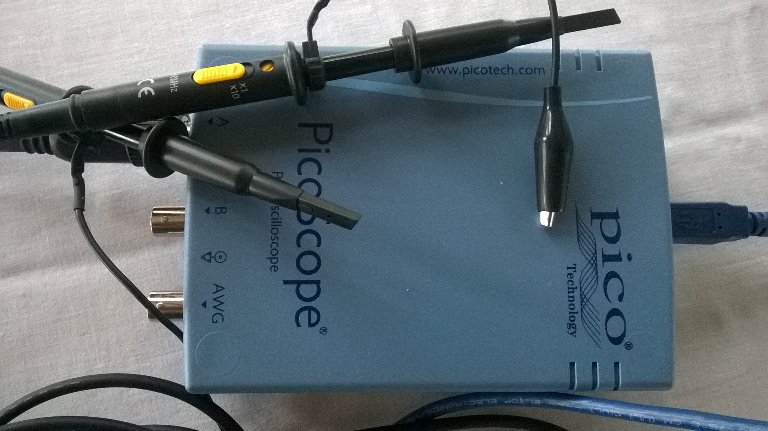max@birley_com
Member
Hi all
I was reading a PDF by Mr J Lange regarding the reduction of electrically generated noise. Before I carry out his suggestions I want to understand exactly how to measure this noise in the first place. I assume I need an oscilloscope. As I would need to buy one so I would appreciate if someone can suggest the specification of an oscilloscope that will allow me to undertake most analysis work on the Ardumower.
Assuming I buy the oscilloscope how do I actually measure the noise generated by the system. What should I measure milli volts, frequency etc and where would I need to attach the probes. Also what readings am I likely to get before noise reduction and after noise reduction.
This is a new area for me so you help will be appreciated.
Lastly which area of the PCB and sensors are affected most by the noise. I can understand that the perimeter coil needs to be located some way away from the motors but what about the IMU and other sensors.
Regards
Max Birley
I was reading a PDF by Mr J Lange regarding the reduction of electrically generated noise. Before I carry out his suggestions I want to understand exactly how to measure this noise in the first place. I assume I need an oscilloscope. As I would need to buy one so I would appreciate if someone can suggest the specification of an oscilloscope that will allow me to undertake most analysis work on the Ardumower.
Assuming I buy the oscilloscope how do I actually measure the noise generated by the system. What should I measure milli volts, frequency etc and where would I need to attach the probes. Also what readings am I likely to get before noise reduction and after noise reduction.
This is a new area for me so you help will be appreciated.
Lastly which area of the PCB and sensors are affected most by the noise. I can understand that the perimeter coil needs to be located some way away from the motors but what about the IMU and other sensors.
Regards
Max Birley
